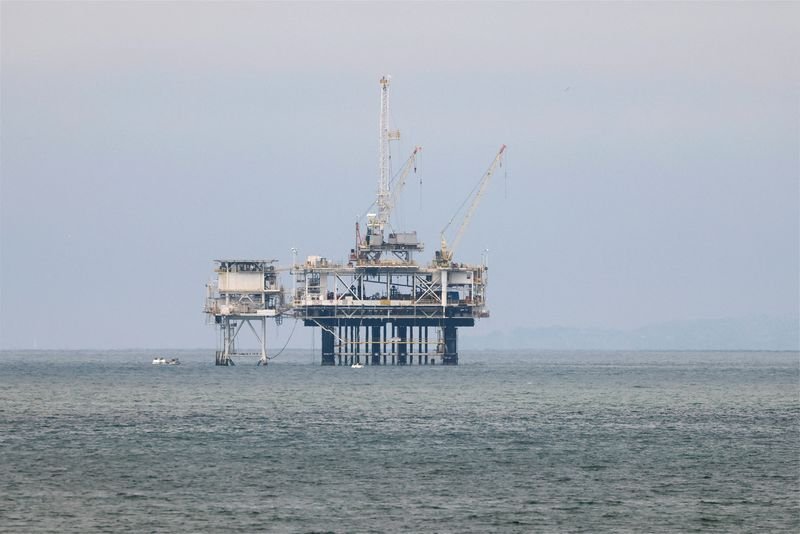Why European Gas Prices Are Declining
European gas prices have seen a significant decrease in recent months, influenced by a combination of factors that have shifted the energy market landscape. Understanding these shifts can provide insights into the broader economic implications for both consumers and businesses.
Factors Behind the Decline in Gas Prices
Several elements contribute to the reduction in gas prices across Europe. Notably, a milder winter has led to reduced demand for heating, which directly impacts gas consumption. Alongside this, an increase in liquefied natural gas (LNG) imports has further eased supply constraints, making it more accessible and affordable for consumers.
Supply Chain Adjustments
The evolution in Europe’s energy supply chain has played a pivotal role in the recent price drop. As nations have diversified their energy sources, including a focus on renewable energies, the reliance on natural gas has diminished. This diversification has resulted in lower overall demand for gas, thereby driving prices down.
Storage Levels and Their Impacts
High gas storage levels have also contributed to the inefficiency in pricing. Following the previous winter, Europe bolstered its gas reserves, preparing for potential supply shocks. With these ample reserves, the urgency for immediate gas sourcing has lessened, which has been reflected in the falling prices.
Global Economic Influences
The global economic climate has a significant impact on energy markets. Recent economic slowdowns in several regions—including manufacturing slowdowns—have lowered gas demand globally. This reduced demand in other parts of the world has lessened the pressure on European gas prices by alleviating competition for limited resources.
Effects of Regulatory Policies
Governmental policies and regulations also play a significant role in shaping gas prices. European countries have been implementing policies aimed at promoting energy efficiency and reducing carbon footprints, which can indirectly affect gas consumption patterns. As more efficiency measures take hold, gas prices may continue to stabilize, reflecting an evolving energy consumption paradigm.
Comparative Pricing Convergence
As gas prices decline in Europe, there is a notable trend of pricing convergence across the continent. Markets that were once fragmented are slowly aligning, moving towards more equitable prices due to an increase in cross-border trade and collaborative sourcing strategies. This trend can foster greater market stability and predictability in energy costs, benefitting both consumers and companies.
Future Market Predictions
Experts predict that the current downward trajectory in gas prices may not be permanent. Factors such as geopolitical tensions, global demand fluctuations, and the unpredictable nature of weather conditions can reintroduce volatility in the market. Stakeholders should remain vigilant as these elements could significantly sway future prices.
Innovations in Energy Supply
In response to the changing dynamics of the gas market, many companies are investing in innovative technologies aimed at enhancing energy efficiency. From developing advanced pipelines to exploring more sustainable extraction methods, businesses are transitioning toward more sustainable practices. These innovations may contribute to long-term price stability.
Consumer Impact
For consumers, the falling gas prices present an opportunity for financial relief. Households can expect lower utility bills, providing more disposable income for other necessities. This change could stimulate consumer spending and, consequently, support broader economic recovery across Europe.
Conclusion
The decrease in European gas prices is a multifaceted issue driven by various factors ranging from mild weather to global economic conditions. As the market adapts to these changes, both businesses and consumers may reap the benefits of more accessible energy resources. Keeping an eye on future trends will be essential in navigating the evolving energy landscape.
